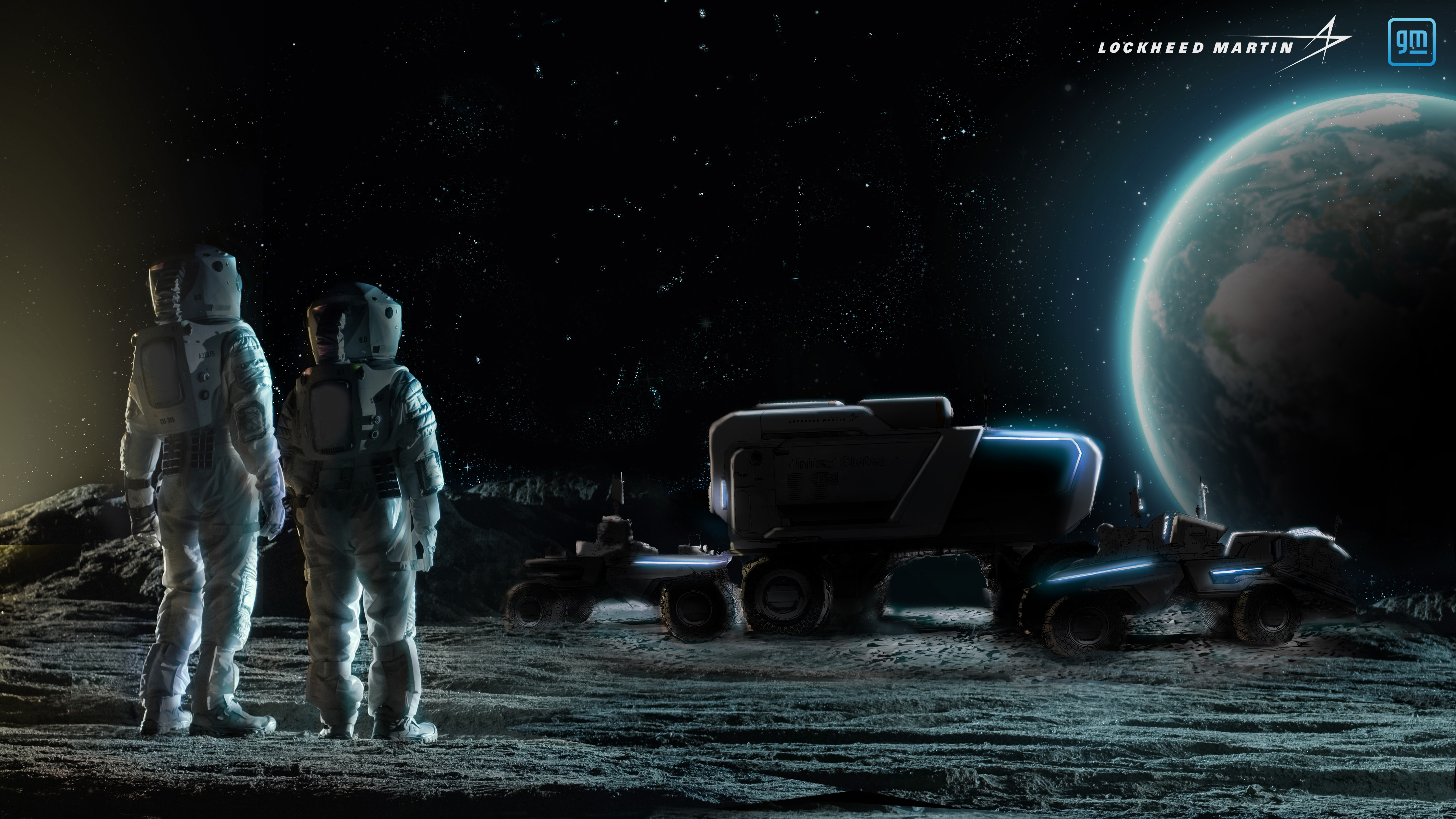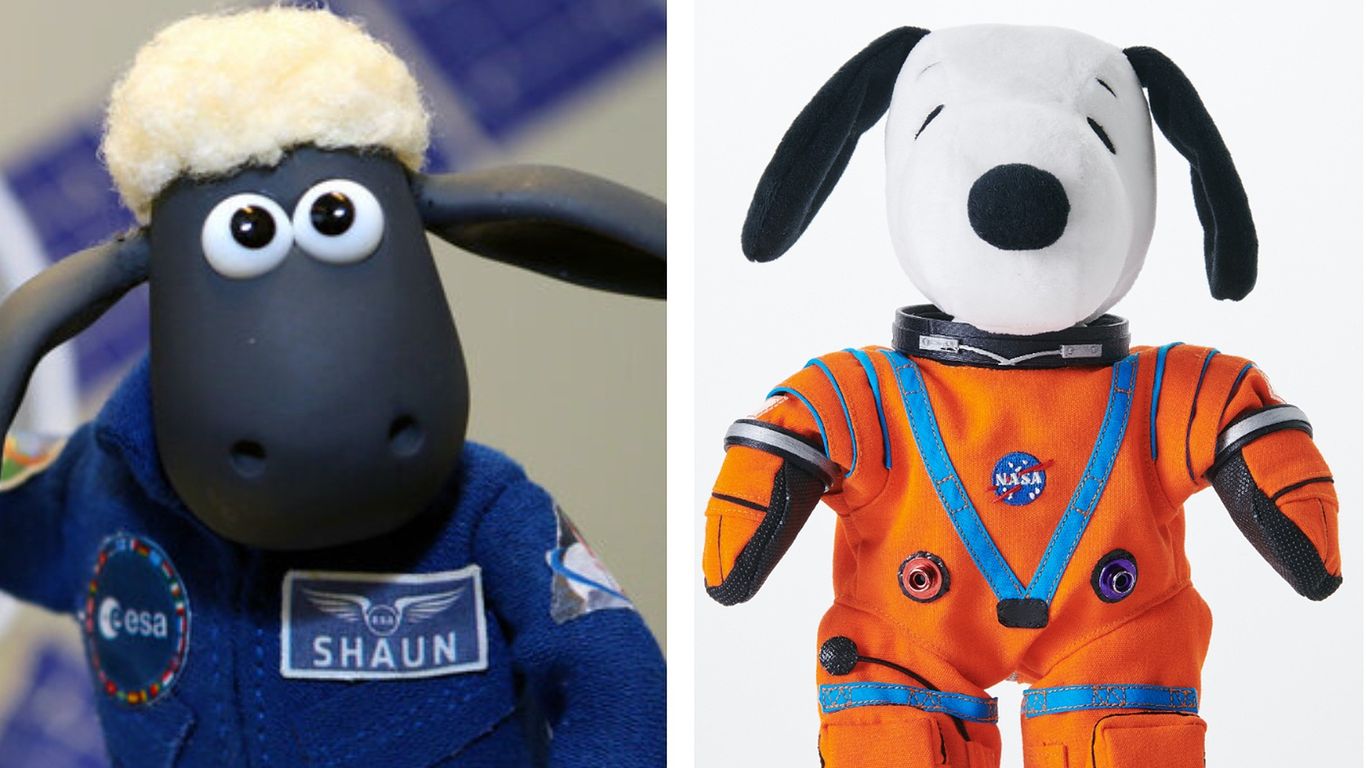uiux
Regular
Brainchip Akida Early Access Evaluation Kit
On 12/8/20 Shared Services Center issued Special Notice 80NSSC21745612Q for Brainchip Akida Early Access Evaluation Kit due 12/15/20
BrainChip and VORAGO Technologies Agree to Collaborate through the Akida™ Early Access Program
BrainChip Holdings Ltd (ASX: BRN), a leading provider of ultra-low power high performance AI technology, today announced that VORAGO Technologies has signed the Akida™ Early Access Program Agreement. The collaboration is intended to support a Phase I NASA program for a neuromorphic processor that meets spaceflight requirements. The BrainChip Early Access Program is available to a select group of customers that require early access to the Akida device, evaluation boards and dedicated support. The EAP agreement includes payments that are intended to offset the Company’s expenses to support partner needs.
The Akida neuromorphic processor is uniquely suited for spaceflight and aerospace applications. The device is a complete neural processor and does not require an external CPU, memory or Deep Learning Accelerator (DLA). Reducing component count, size and power consumption are paramount concerns in spaceflight and aerospace applications. The level of integration and ultra-low power performance of Akida supports these critical criteria. Additionally, Akida provides incremental learning. With incremental learning, new classifiers can be added to the network without retraining the entire network. The benefit in spaceflight and aerospace applications is significant as real-time local incremental learning allows continuous operation when new discoveries or circumstances occur.

BrainChip’s Akida set for spaceflight via NASA as Renesas Electronics America signs first IP agreement
Tech company BrainChip (ASX: BRN) has announced a double combo of new developments relating to its Akida neuromorphic processor including a new order from US space agency NASA and signing an intellectual property (IP) license agreement with Japanese semiconductor giant Renesas Electronics.
BrainChip’s Akida set for spaceflight via NASA as Renesas Electronics America signs first IP agreement
Tech company BrainChip (ASX: BRN) has announced a double combo of new developments relating to its Akida neuromorphic processor including a new order from US space agency NASA and signing an intellectual property (IP) license agreement with Japanese semiconductor giant Renesas Electronics.
BrainChip confirmed that NASA had ordered its Akida Early Access Evaluation Kit to be used at the NASA/Ames Research Center (ARC) at Moffett Field in California.
---
Estimated Technology Readiness Level (TRL) :
Begin: 1
End: 4
Technical Abstract (Limit 2000 characters, approximately 200 words)
The ultimate goal of this project is to create a radiation-hardened Neural Network suitable for Ede use. Neural Networks operating at the Edge will need to perform Continuous Learning and Few-shot/One-shot Learning with very low energy requirements, as will NN operation. Spiking Neural Networks (SNNs) provide the architectural framework to enable Edge operation and Continuous Learning. SNNs are event-driven and represent events as a spike or a train of spikes. Because of the sparsity of their data representation, the amount of processing Neural Networks need to do for the same stimulus can be significantly less than conventional Convolutional Neural Networks (CNNs), much like a human brain. To function in Space and in other extreme Edge environments, Neural Networks, including SNNs, must be made rad-hard.
Brainchip’s Akida Event Domain Neural Processor (www.brainchipinc.com) offers native support for SNNs. Brainchip has been able to drive power consumption down to about 3 pJ per synaptic operation in their 28nm Si implementation. The Akida Development Environment (ADE) uses industry-standard development tools Tensorflow and Keras to allow easy simulation of its IP.
Phase I is the first step towards creating radiation-hardened Edge AI capability. We plan to use the Akida Neural Processor architecture and, in Phase I, will:
- Understand the operation of Brainchip’s IP
- Understand 28nm instantiation of that IP (Akida)
- Evaluate radiation vulnerability of different parts of the IP through the Akida Development Environment
- Define architecture of target IC
- Define how HARDSIL® will be used to harden each chosen IP block
- Choose a target CMOS node (likely 28nm) and create a plan to design and fabricate the IC in that node, including defining the HARDSIL® process modules for this baseline process
- Define the radiation testing plan to establish the radiation robustness of the IC
- Establishes the feasibility of creating a useful, radiation-hardened product IC with embedded NPU and already-existing supporting software ecosystem to allow rapid adoption and productive use within NASA and the Space community.
- Creates the basis for an executable Phase II proposal and path towards fabrication of the processor.
NASA applications will include miniaturized instruments and subsystems that must operate in harsh environments, interplanetary CubeSats and SmallSats, instruments bound for outer planets and heliophysics missions to harsh radiation environments. Neural-network and machine learning capabilities are required for robotic vision, navigation, communication, observation and system health management in future autonomous robotic systems.
Potential Non-NASA Applications (Limit 1500 characters, approximately 150 words)
The greatest potential for the next computing revolution lies in scaling AI to the billions of smaller, power-constrained Edge devices, while making them Rad-Hard. Innovative signal processing and ML techniques will open up new opportunities for SoC architects to deliver new levels of efficient AI performance in microcontrollers targeted at both the space and terrestrial markets.
Duration: 6
---
Estimated Technology Readiness Level (TRL) :
Begin: 5
End: 7
Technical Abstract (Limit 2000 characters, approximately 200 words)
Tensor, along with several commercial partners, is developing new technology suitable for small satellites (SmallSat/CubeSat) and small launch vehicles. As part of this development, we are designing autonomy and artificial cognition capabilities for small scale satellites and vehicles that will be scalable to any space vehicle. Taking advantage of our previous experience in the areas of neural modelling and advanced automation algorithms we are proposing a deep neural net and in-space autonomy and cognition systems neuromorphic processing module for this solicitation. Using the COTS The BrainChip, Inc. Akida with fully configurable neural processing cores and scalable neural nets, we can design autonomy and artificial cognition capabilities for our prototype CubeSat that will be scalable to any space vehicle. The overarching goal is to make spacecraft autonomy affordable and ubiquitous.
For Phase I of this SBIR, we intend to develop a neuromorphic-based modular architecture suitable for SmallSat autonomous operation and create metrics to validate the SWaP performance of our hardware design in Phase II. As with any hardware, the driving cost factor is often the software that makes it useful. In AI systems, the cost of the deep learning needed to provide robust, adaptable performance is often prohibitive. In addition to a modular hardware design, Tensor will also design a cost effective, user-friendly suite of tools to support simplified training and implementation of spacecraft autonomy during Phase I for development and application during Phase II. It is our goal in Phase II of this SBIR to demonstrate an affordable package of prototype autonomous control hardware and software that is scalable and readily adaptable to a variety of spacecraft morphologies and mission classes.
Potential NASA Applications (Limit 1500 characters, approximately 150 words)
The possibilities and applications are practically limitless across a spectrum of mission types. Short list of the possibilities: Predictive and adaptive communications, radio, and system architecture, Opportunistic data collection, Continuous power allocation, Predictive failure/error detection, maintenance, mediation, and mitigation, Mission decision prioritization,Spacecraft constellation active collaboration optimizing, Continuous allocation optimization of system resources, Optimized integration of navigation, situation awareness, etc.
Potential Non-NASA Applications (Limit 1500 characters, approximately 150 words)
Our commercialization plan includes continuing development for the neuromorphic autonomous module for insertion into several commercial small launcher programs now and in the future. We will also apply the technology developed to other military applications with groups such as MDA, DARPA and USAF. The system will be available as a “plug and play module” for all future spacecraft.
Duration: 5
---
3 The Evolution of Analytics Algorithms
As we have seen above, the growth of data Volume and Variety bring both tremendous
opportunities as well as new challenges. However, the growth of data analytics capabilities
available to the user community is growing as well. In particular, the explosion of machine
learning has been remarkable. There are now multiple well-written off-the-shelf frameworks to
support machine learning in a variety of languages, though the largest explosion has been in the
Python and R areas. Most of the interest appears to be in the area of Deep Neural Networks
(DNNs), which have become well-used with the arrival of accessible computing power,
including processing units particularly suited for DNNs such as Graphics Processing Units, or
even purpose built neural processing units (Van der Made and Mankar, 2017). In addition,
several variations on the theme of DNNs have begun to be deployed to tackle EO problems. For
example, one of the problems with scaling land cover and land use studies to global scale is the
difficulty with applying a model trained in one area to work in other areas. Transfer Learning
shows promise for solving this conundrum
van der Made, P.A. and Mankar, A.S., Brainchip Inc, 2017. Neural processor based accelerator
system and method. U.S. Patent Application 15/218,075
Last edited:










